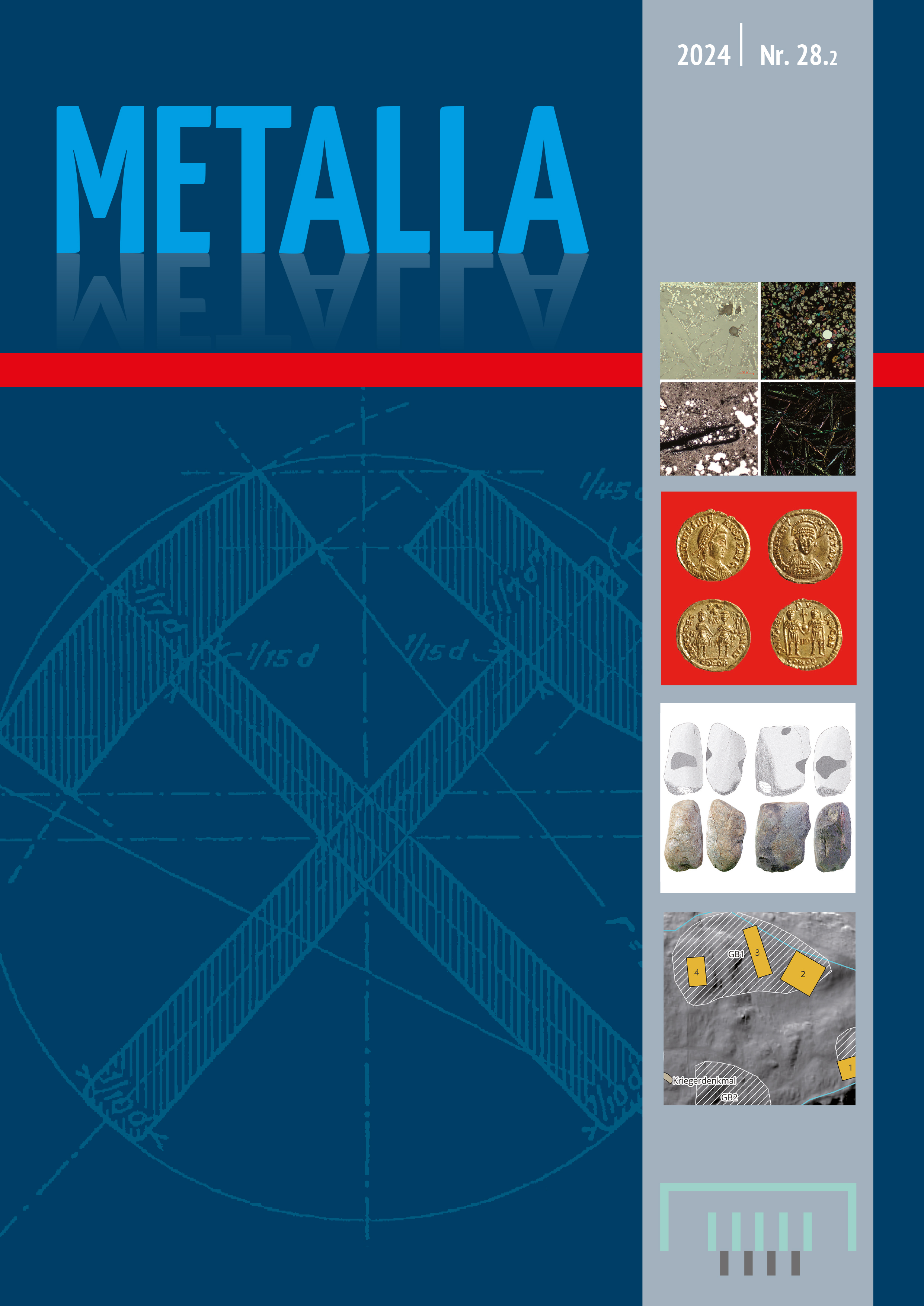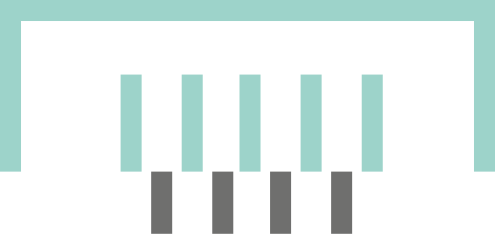
Current Issue

The article of Hashemi, Nezafati and Demant presents the results of a recent short archaeometallurgical survey in Luristan, Iran. Physicochemical and microscopic analyses of finds from five slag heaps indicated several ironworking workshops. Geochemical and isotopic analyses attested that the ores probably came from geochemically similar deposits in the wider region.
The article by Lamprecht, Haas and Hiebel presents the first results of the mining archaeological prospections in the Brixen Valley and at Grattenbergl/Kirchbichl (North Tyrol, Austria), as part of the investigation of the prehistoric copper mining landscape between Hohe Salve and Hahnenkamm. The artefacts found provided evidence of prehistoric mining at three sites.
The Article of Cucini and Facchinetti is dealing with the results of the investigation of solidi of the late antique Como Treasure. The examination allowed the study of the traces of workmanship, based on observations made with an optical microscope, and to reconstruct of the operative chain used in Late Antiquity mints.
Articles
Aim and Scope of the Journal
The journal METALLA is an international, peer-reviewed, English-language archaeological and archaeometallurgical journal with clear acquisitions to archaeometry, conservation science to economic, mining and raw materials archaeology and economic history. The journal is published in printed form with two issues per year. It is one of the most renowned academic journals in this subject spectrum and combines the historical, archaeological and archaeometric scientific fields at the highest professional level. The contributions are strongly related to mining, the production, provenance and preservation of artefacts, their trade as well as the prospecting and processing of ancient geo-resources.
General Information
The journal METALLA is published by the Deutsches Bergbau-Museum Bochum (DBM, German Mining Museum), in addition to the journal Der Anschnitt (bergbaumuseum.de), the publication platform OMP and other print publications (bergbaumuseum-shop.de).
The METALLA has the International Standard Serial Number ISSN 0947-6229 and the Electronic International Standard Serial Number E-ISSN 2749-6430. From 2022, METALLA has moved to an open-access journal, where the printed version is still available for purchase. Submitted articles undergo a double-blind peer reviewing process. Accepted papers are published with platinum Open Access by Ruhr University Bochum, free for both reader and author and available from day one.


